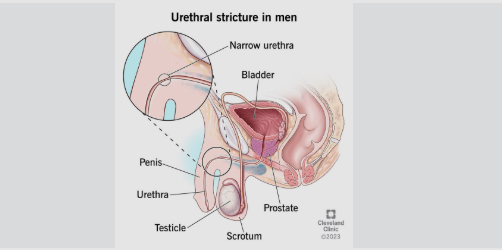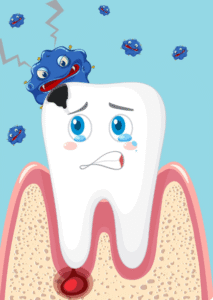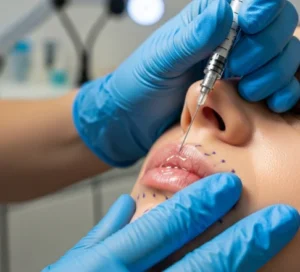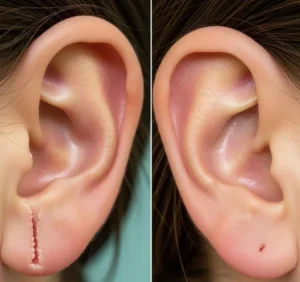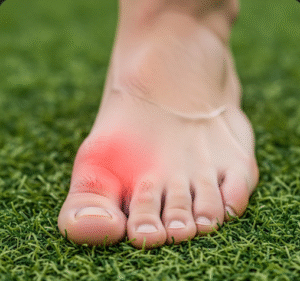Overview
Urethral Stricture is a condition in which the urethra—the tube that carries urine from the bladder out of the body—becomes narrowed due to scarring or inflammation. This narrowing can obstruct the flow of urine, leading to a range of urinary symptoms and complications such as infection or bladder dysfunction. It is more common in men and may require dilation, endoscopic procedures, or reconstructive surgery for treatment.
What is Urethral Stricture
Urethral Stricture refers to the abnormal narrowing of the urethra, usually caused by scar tissue from injury, infection, or surgery. This narrowing restricts urine flow and can lead to pain, bladder irritation, and urinary retention. While it can occur in both sexes, it is significantly more common in men due to the longer length of the male urethra. The severity of symptoms depends on the location and extent of the narrowing.
Symptoms
- Weak or reduced urine stream
- Straining to urinate
- Incomplete bladder emptying
- Urinary frequency and urgency
- Spraying or split stream
- Painful urination (dysuria)
- Blood in the urine or semen
- Recurrent urinary tract infections (UTIs)
- Urinary retention (in severe cases)
Causes
Urethral strictures develop due to injury, inflammation, or infection that causes scarring inside the urethra. Common causes include:
- Trauma to the pelvis or perineum
- Catheterization or repeated instrumentation of the urethra
- Previous urologic surgery
- Sexually transmitted infections (e.g., gonorrhea, chlamydia)
- Radiation therapy to the pelvic area
- Lichen sclerosus (a chronic skin condition affecting the genital area)
- Congenital defects (in rare pediatric cases)
Risk Factors
- Male gender (more affected than females)
- History of urethral catheterization or cystoscopy
- Pelvic injury or surgery
- Recurrent UTIs
- STIs or urethritis
- Radiation exposure to the pelvis
- Inflammatory skin disorders (e.g., lichen sclerosus)
Complications
- Chronic urinary retention
- Recurrent UTIs or bladder infections
- Bladder stones
- Hydronephrosis (kidney swelling due to backflow)
- Bladder dysfunction or detrusor hypertrophy
- Epididymitis or prostatitis
- Complete urinary blockage (emergency)
- Impact on sexual function and quality of life
Prevention
Although not all urethral strictures are preventable, certain steps can reduce risk:
- Avoid unnecessary catheterization or repeated urethral procedures
- Practice safe sex to prevent STIs
- Treat urethritis and UTIs promptly
- Protect the pelvic area from trauma (e.g., wear seatbelts or protective gear)
- Regular monitoring if you’ve had prior urethral surgery or trauma
Treatment Options in Korea
South Korea provides advanced diagnostic tools and effective treatments for urethral strictures, combining urologic expertise with minimally invasive technologies:
- Uroflowmetry and imaging tests: Evaluate urine flow and stricture location
- Cystourethroscopy: Visual inspection of the urethra
- Urethral dilation: Gradual stretching of the narrowed area (often temporary)
- Internal urethrotomy (DVIU): Minimally invasive incision of the stricture using an endoscope
- Urethroplasty:
- Surgical reconstruction or replacement of the narrowed urethra
- High success rate, especially for long or recurrent strictures
- Catheterization and follow-up care: For urinary drainage and healing
- Laser treatments (select cases) for precision and faster recovery
- Patient-specific planning: Based on stricture length, location, and recurrence risk
Korea’s specialized urology centers offer state-of-the-art treatment options, ensuring excellent outcomes, lower recurrence rates, and improved quality of life for patients with urethral strictures.

